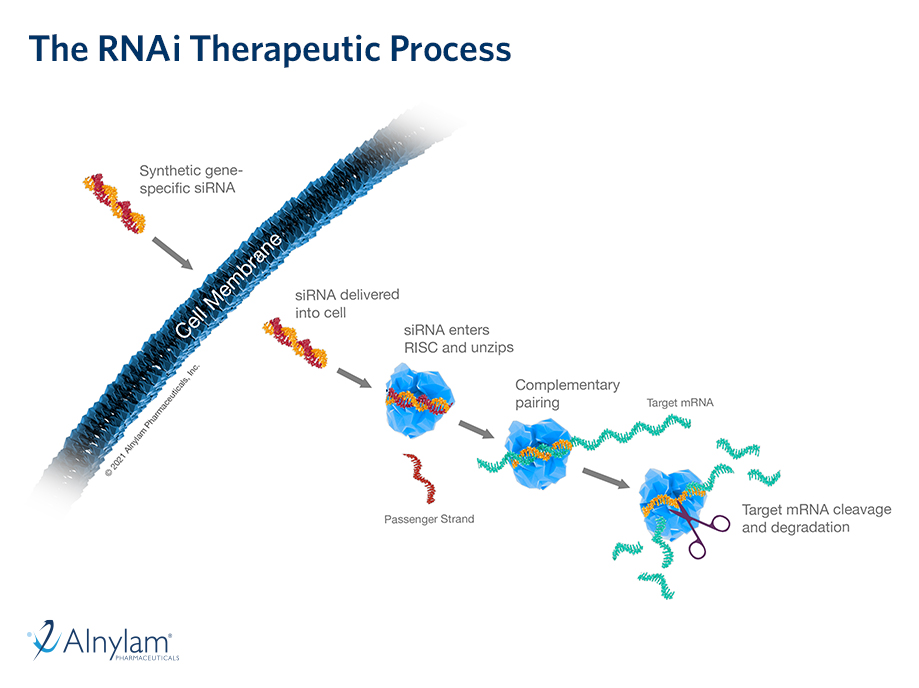
22 Oct, 2020 ILLUMINATE-B Phase 3 Results for Lumasiran Presented at ASN
Positive results from the six-month primary analysis of the ongoing ILLUMINATE-B Phase 3 open-label pediatric study of lumasiran, an investigational RNAi therapeutic in development for the treatment of adults and children with Primary Hyperoxaluria Type 1 (PH1), were presented at the American Society of Nephrology (ASN) Kidney Week 2020, held October 22-25 as a virtual event. Additionally, new 12-month results from the ILLUMINATE-A pivotal Phase 3 study and the ongoing Phase 2 open-label extension (OLE) study were also presented.
Read the press release
View the ILLUMINATE-B presentation
View the ILLUMINATE-A presentation
View the Phase 2 OLE presentation
View the Chart Review presentation
The ILLUMINATE-B trial enrolled 18 patients under the age of six, including infants, across nine study sites in five countries. Lumasiran was administered subcutaneously according to a weight-based dosing regimen. The efficacy results and safety profile of lumasiran in these patients were found to be similar to those observed in adults and children six years or older in the ILLUMINATE-A study.
- Lumasiran led to a 72% mean reduction in spot urinary oxalate:creatinine ratio from baseline to Month 6, averaged across Months 3 to 6 – the primary endpoint of the study.
- Lumasiran also demonstrated positive results across secondary endpoints, including proportion of patients (9/18 or 50%) achieving urinary oxalate levels at or below 1.5 times ULN.
- Preliminary analysis of exploratory endpoints indicated improvements in nephrocalcinosis in 8 out of 18 patients (44%), while estimated glomerular filtration rates (eGFR) remained stable.
- Lumasiran had an acceptable safety profile in infants and young children under the age of six. There were no deaths, severe adverse events, discontinuations of treatment or withdrawals from the study. The most common drug-related adverse events (AEs) were mild and transient injection site reactions (ISRs) reported in 3 of 18 (17%) patients. No clinically relevant changes in laboratory measures (including liver function tests), vital signs, or electrocardiograms related to lumasiran were observed.
We believe these findings underscore lumasiran’s potential to be an important treatment option for patients with PH1, a devastating and potentially fatal disease with no approved therapeutic options.


